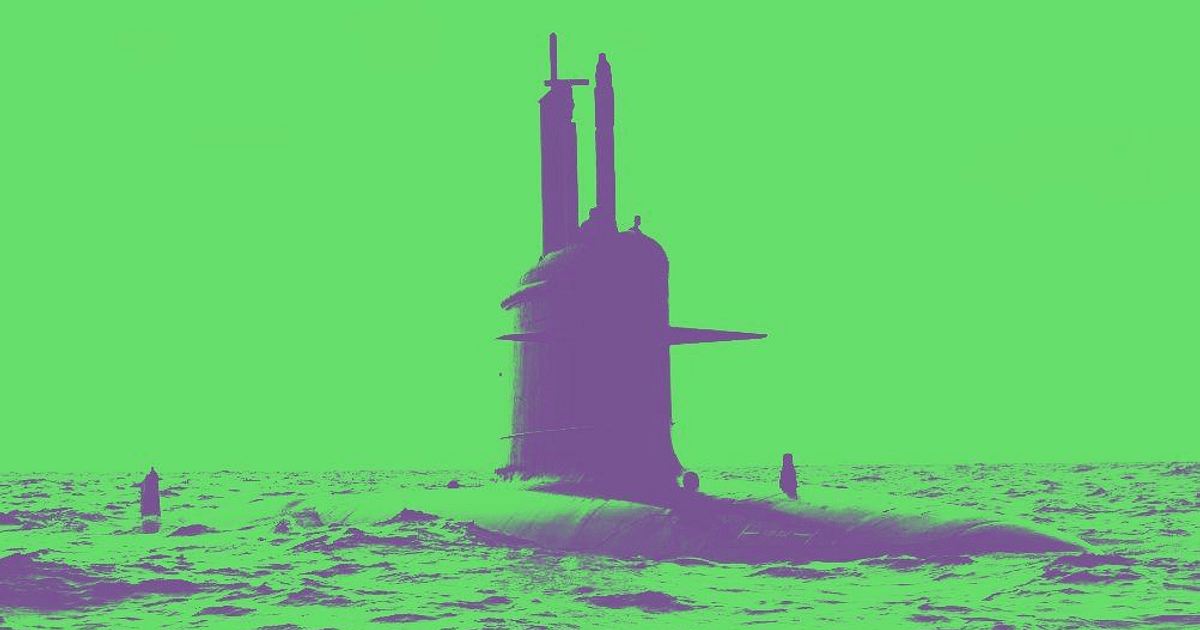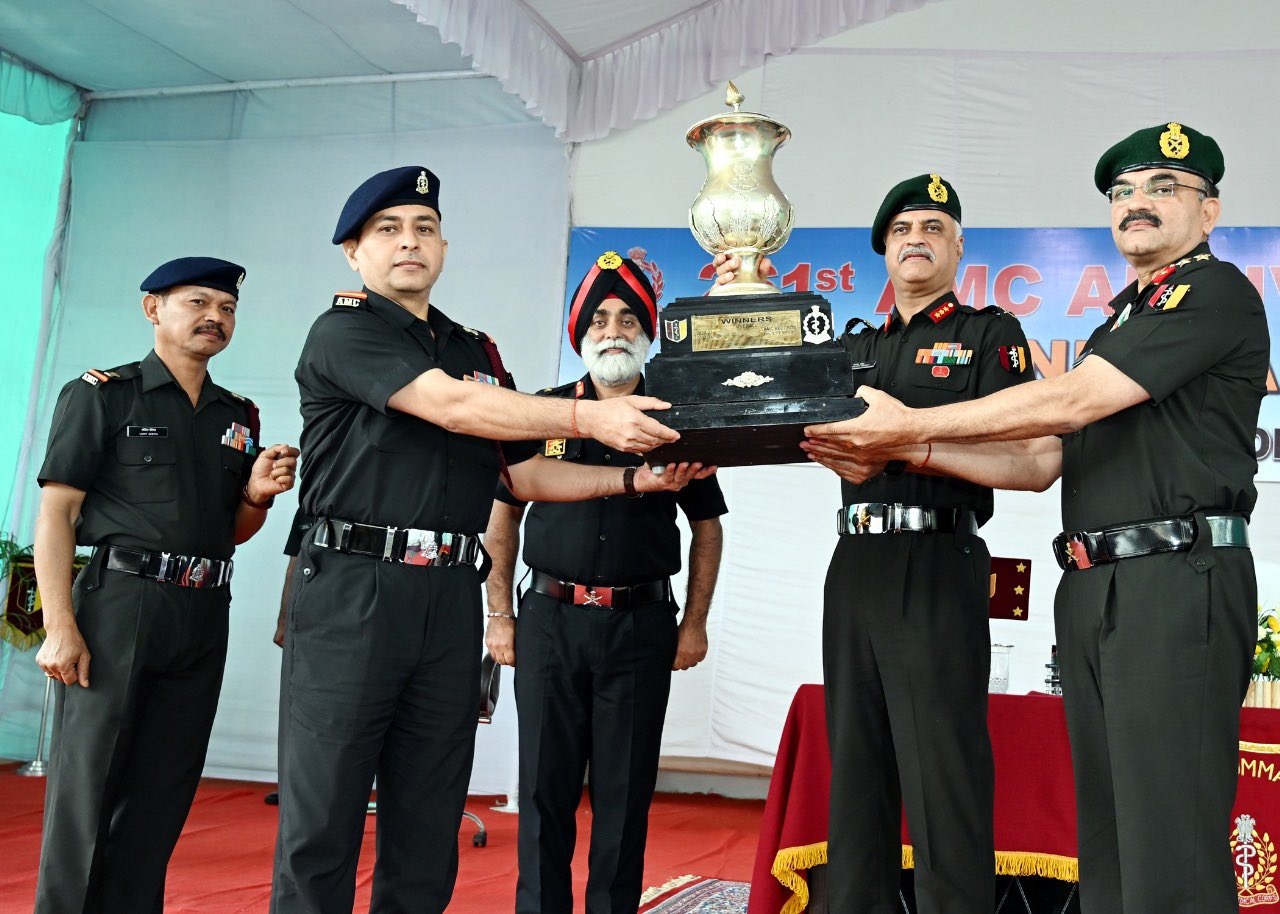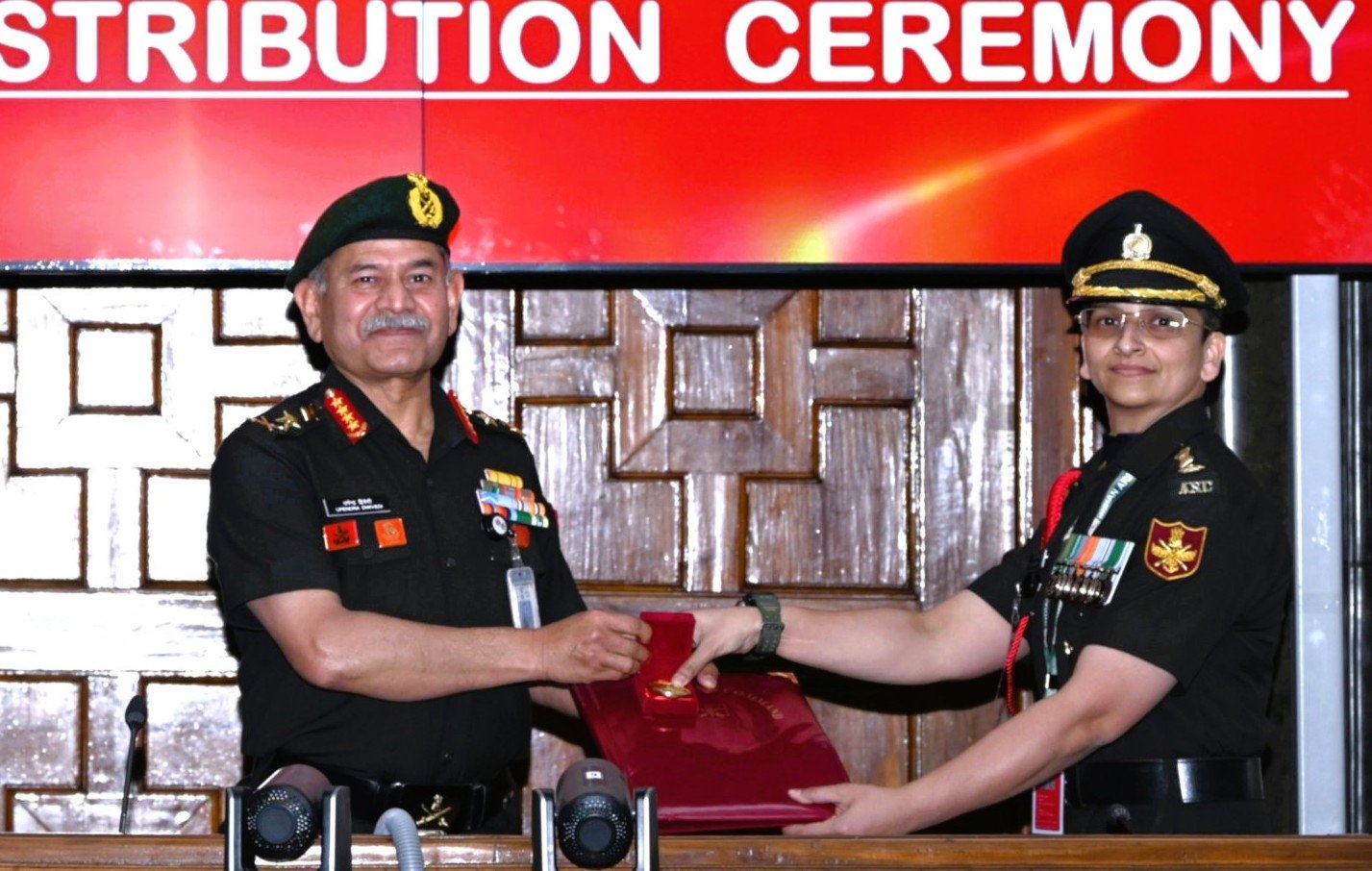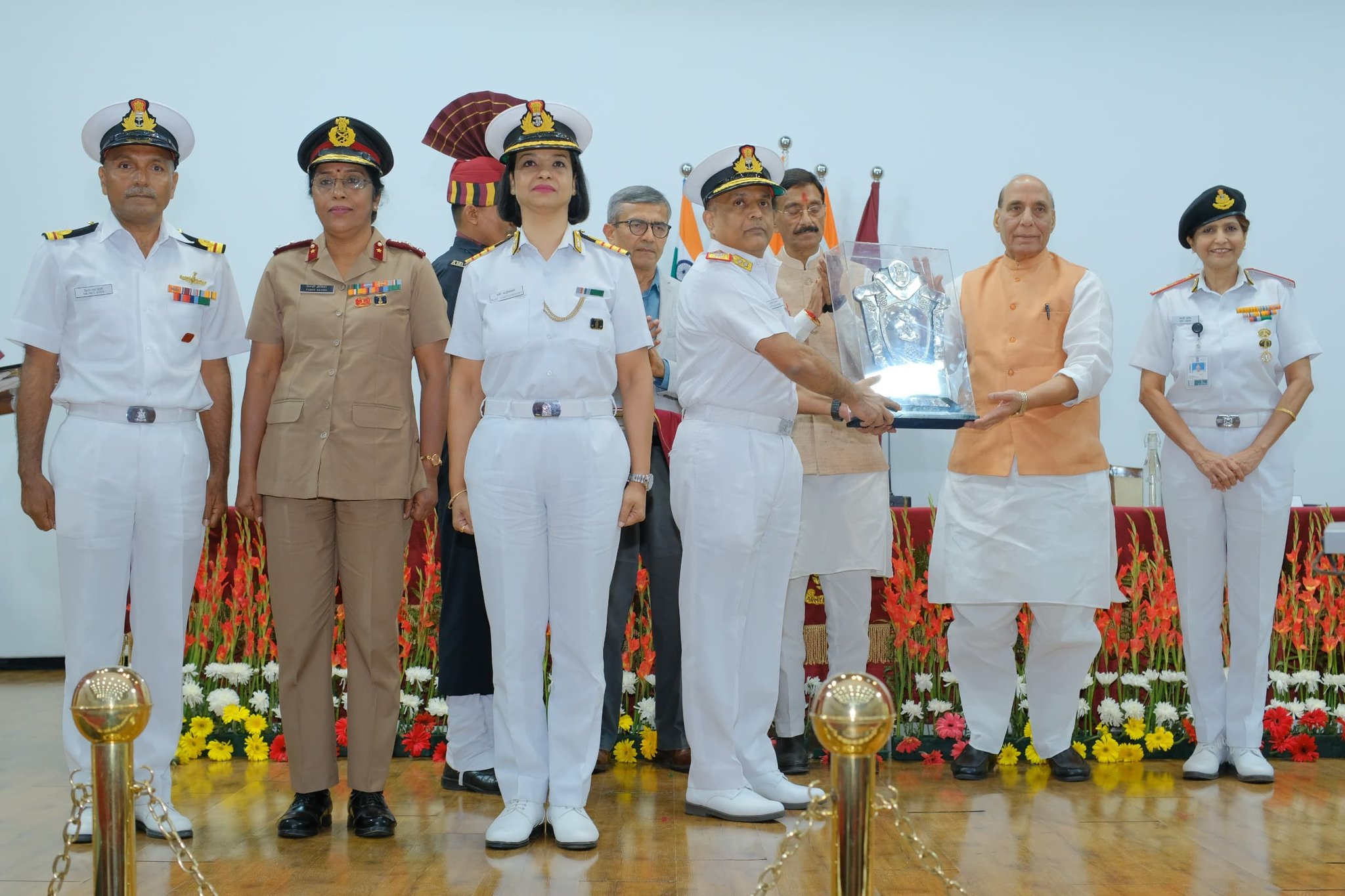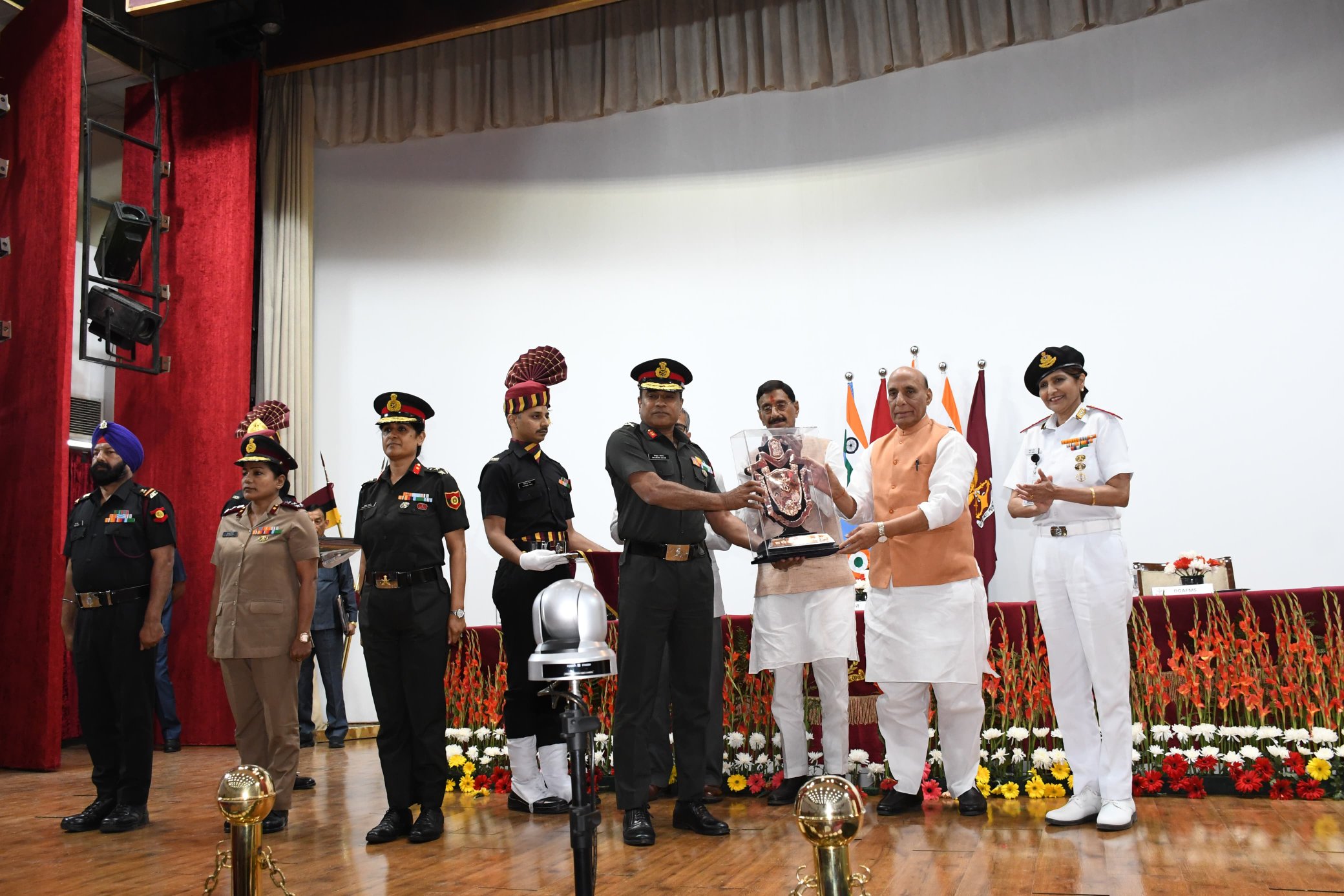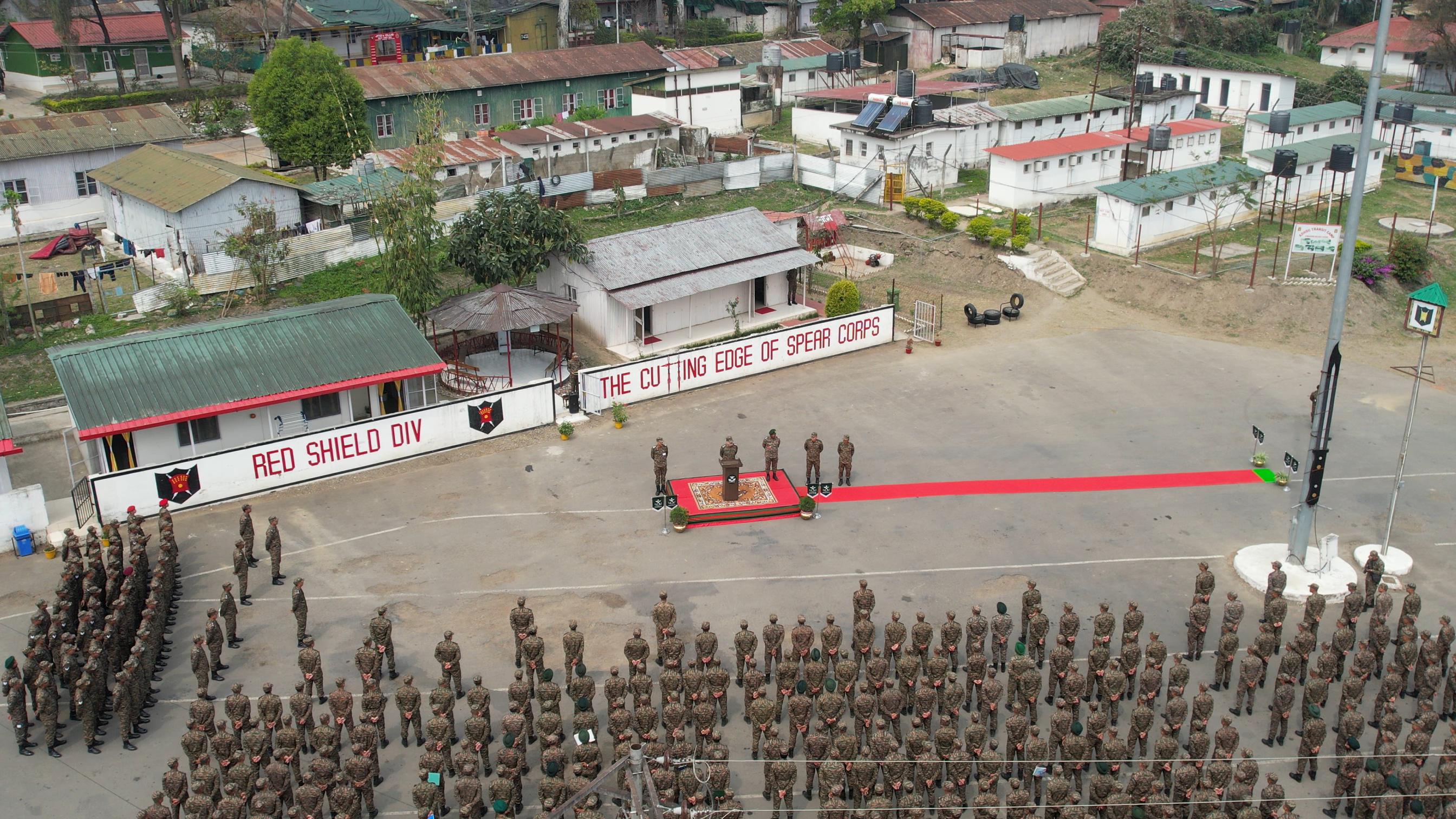The Indian Navy’s long-anticipated project to acquire conventionally powered submarines, known as Project 75 India (P-75I), continues to face setbacks that threaten to push its timeline further into uncertainty. Initially conceptualized in 1998 as part of a comprehensive 30-year submarine-building initiative, the project aims to conclude by 2030. Under P-75I, the Navy plans to procure six new conventional diesel-electric submarines that are equipped with air-independent propulsion (AIP) technology, which allows them to remain submerged for extended periods without the need to surface frequently.
Despite years of planning and deliberation, two primary contenders have emerged to fulfill the Navy’s requirements: Germany’s ThyssenKrupp Marine Systems (TKMS), which has formed a partnership with the state-owned Mazagon Dock Shipbuilders Limited (MDL), and Spain’s Navantia, collaborating with private Indian firm Larsen & Toubro (L&T). The unveiling of these contenders was seen as a positive development, but further complications have hampered progress.
A crucial aspect of the ongoing delays is linked to the Navy’s stringent requirements, particularly the demand for a sea-proven AIP system. Unfortunately, neither TKMS nor Navantia has successfully met this requirement to date. Both companies recently showcased their respective technologies to the Indian Navy; however, their AIP systems did not align with the specifications outlined in the Navy’s request for proposal (RFP). While Navantia’s AIP system comes closest to fulfilling the criteria, it will not be operational until 2026, a fact that Indian authorities had been aware of from the outset of the bidding process.
Navantia’s AIP underwent extensive trials, demonstrating its capabilities through a combination of land and onboard systems, having completed over 50,000 hours of testing. The system has also been approved for integration into the Spanish Navy’s S-80 class submarines. However, the Indian Navy now faces the task of validating whether this technology can be classified as “proven.”
On the other hand, TKMS’s AIP system, which was originally developed for smaller Type 214 submarines, does not meet the size specifications demanded by the Indian Navy. For TKMS to advance, a larger AIP system would need to be designed from scratch. This requirement complicates their proposal further, as they would also have to develop a new submarine design tailored to Indian needs, while Navantia is already offering a proven vessel with its S-80 class submarines, which entered service with the Spanish Navy in 2023.
To compound the complications, TKMS also faces hurdles related to the development and testing of new fuel cell batteries, as the current batteries utilized in their existing submarines are manufactured by a different supplier than those planned for the Indian market.
According to reports, the trials conducted earlier this year are currently under review, further delaying progress on P-75I. The Indian Navy’s insistence on a proven AIP system seems to stem from concerns that India’s Defence Research and Development Organisation (DRDO) might advocate for an indigenous AIP solution, which could lead to even greater delays in securing additional capabilities.
In parallel, India has been working on Scorpene-class submarines with plans for an integrated indigenous AIP system. However, this development has already faced missed deadlines, with retrofitting efforts for an AIP system expected to take place next year — an initiative that hangs in a precarious state due to ongoing testing and trials.
The challenges currently confronting P-75I were anticipated years earlier, with Russia — once a potential contender for the project — highlighting that achieving a successful outcome would require “drastic changes” to the Indian Navy’s tender process. This cautionary advice reflects the complexities and unique demands of the submarines India aims to build, which necessitate design from the ground up.
In 2019, Sweden’s SAAB was the first to bow out of the competition, citing concerns over “unbalanced” strategic partnership criteria. Fast forward nearly five years, and Project 75 India remains ensnared in bureaucratic limbo, with no immediate solution in sight to propel it toward the next phase of development. The ongoing delays not only hinder the Indian Navy’s operational capabilities but also raise significant concerns regarding national security and maritime defense preparedness in an increasingly complex regional landscape.

